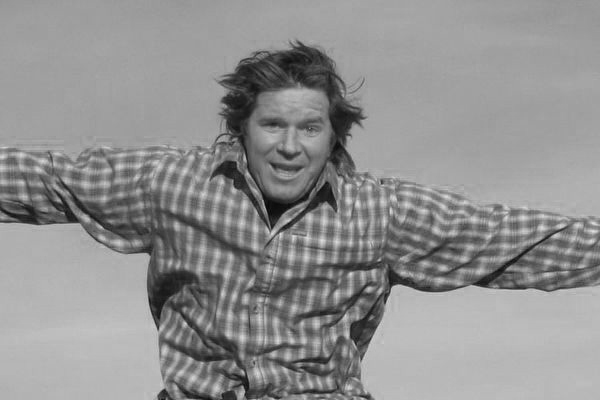
 Fred Williams
Brand Manager, Petersen’s 4Wheel & Off Road
Fred Williams
Brand Manager, Petersen’s 4Wheel & Off Road
The worst answer to any question is “if you have to ask you shouldn’t do it.” That’s the bogus answer you get from people who either cannot explain or do not want you to know. Take for example setting up differential gears. There are those who can do it and those who haven’t learned how. Setting up gears isn’t impossible, and anyone with enough practice, proper tools, common sense, and perseverance can learn to set up an axle ring-and-pinion.

However, if you set up a ring-and-pinion gearset incorrectly it can have very detrimental effects. These can range from noise to expensive gear damage to catastrophic failure. Plus, if catastrophic failure occurs at an inopportune time (say, as you are hauling a heavy trailer down the highway at extralegal speeds) it could cause an accident and possibly death. To put it bluntly, setting up gears is a great knowledge to have but something you may wish to practice considerably before you do it on a vehicle you drive daily.
We recently took an axlehousing, an ARB Air Locker, and a new set of 5.38 gears to Pacific Fabrication to get a lesson in setting up gears for the front of a trail rig. We had the pros do the install but documented how it was done to get you familiar with the process. It may seem like brain surgery, but it’s really a mix of trial and error, fine measurement, and finesse—all of which you can easily learn. In fact, many experienced gear-men seem to have an innate touch and feel to getting the correct shims and bearing preload after years of gear installs.
We don’t expect you to read this article and start setting up gears for a living, but you need to start somewhere, and most gears, such as our Sierra gears from West Coast Differentials, come with instructions. We also recommend the book Differentials by Randy Lyman and Jim Allen, available through Randy’s Ring & Pinion. Or better yet, find an experienced gear installation technician or old-time axle guy and have him help you set up your first set of gears. You may not be an expert yet, but by asking questions you could be one eventually.
PhotosView Slideshow






















